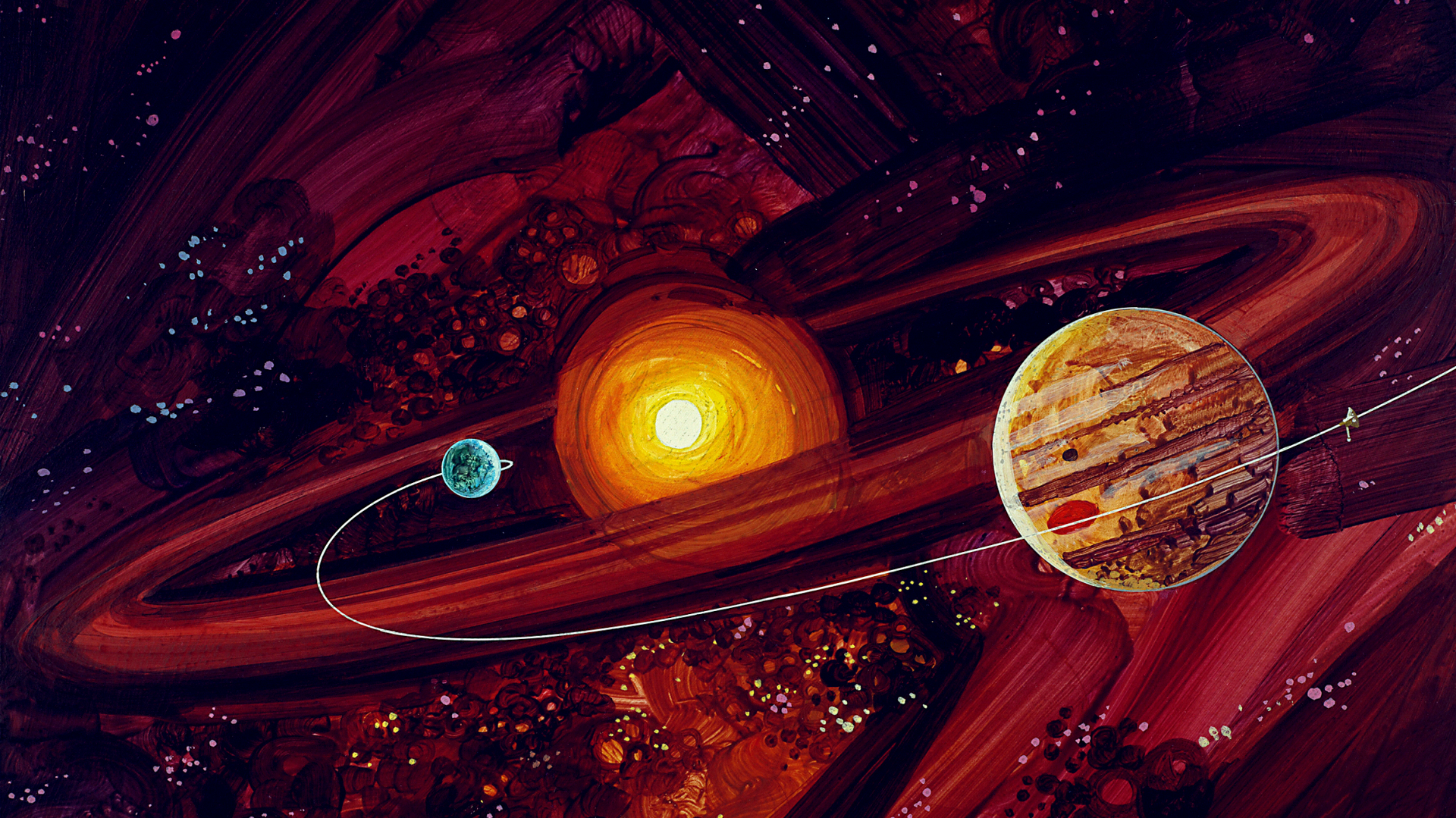Dr. S. Pete Worden: Search for life in the Universe
The search for life beyond Earth has increased in focus and scope in recent decades. As we continue to discover exoplanets in habitable zones, and water and organic compounds in nearby neighbors, the chances that life could evolve on other locations increases. At the same time, our ability, drive and necessity to expand human presence in the Universe has been renewed. What advances do we need to achieve these goals and what are the ramifications of reaching them? Please join us in welcoming the Chairman of the Breakthrough Prize Foundation and former NASA Ames Center Director Dr. S. Pete Worden for a presentation on the search for life in the Universe.
Biography:
Simon Peter “Pete” Worden, (Brig. Gen., USAF, Ret., PhD) (born 1949, in Michigan, USA) is the Chairman of the Breakthrough Prize Foundation and Executive Director of the foundation’s ‘Breakthrough Initiatives’. He holds a Bachelor of Science degree in Physics and Astronomy from the University of Michigan and a PhD in Astronomy for the University of Arizona. Prior to joining the Breakthrough Prize Foundation, Dr. Worden was Director of NASA’s Ames Research Center at Moffett Field, California, USA until his retirement on March 31, 2015. He has held several positions in the United States Air Force and was research professor of astronomy at the University of Arizona, Tucson, USA. He is a recognized expert on space and science issues – both civil and military and has been a leader in building partnerships between governments and the private sector internationally
Abstract:
Humanity is on the verge of finding life elsewhere in the Universe and is approaching the capacity to send life purposefully. If life is found elsewhere there will likely be controversy about its origin. For example, for any life on another planet or moon, we will want to know if we share a common origin: was this life transferred to or from Earth, or did life arise independently on each world? The possibility that life can or might be transported among planets, systems, and galaxies – also known as panspermia – frames the major questions being explored at Breakthrough Discuss 2019.
A decade of exoplanet discoveries has revealed that, statistically, ~25% of stars host at least one temperate rocky planet of around one-to-four Earth radii – just right for life as we know it. Life could evolve independently from simple chemistry on each of these planets. Ample evidence exists for comet or meteor strikes on planetary surfaces transferring material between the planets in the Solar System. Astrobiology Dogma assumes a primordial soup of chemicals on early Earth that evolved via an RNA world to the current DNA world. An alternative view is that these steps occurred on another planetary body more than 4 billion years ago and that highly evolved DNA-based life seeded the Earth as soon as it was habitable.
Thus, with breakthroughs in bioengineering and nanotechnology, it is conceivable that human civilization will possess the technology to populate planets around the nearest stars within the next century with some form of life. How would we begin transporting engineered bio or bio-mechanical systems off Earth? Can we communicate across interstellar distances using electromagnetic or biological methods? And perhaps most importantly, should we?


































